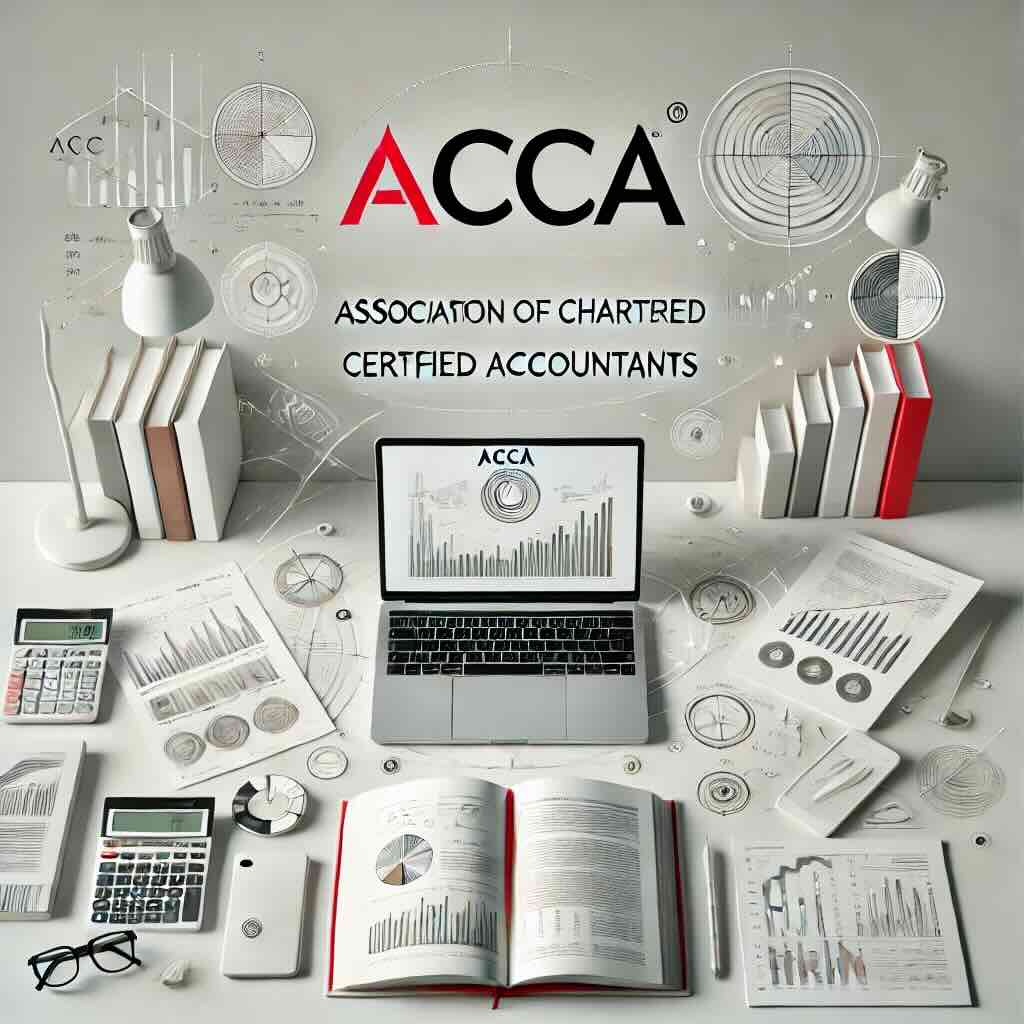FRM Exam Registration Process: Step-by-Step Guide
FRM Exam Registration Process: Complete Step-by-Step Guide for 2024
The FRM exam registration process is straightforward, but there are crucial steps and deadlines that candidates need to follow to ensure a smooth experience. As you embark on the journey to earn your Financial Risk Manager (FRM) certification, knowing how to navigate the registration process effectively is essential. This guide outlines everything you need to know to register for the 2024 FRM exam successfully.
FRM Exam registration process
Step 1: Check FRM Exam Eligibility
The first step in the FRM exam registration process is ensuring you meet the eligibility criteria. Fortunately, GARP has made it easy—no formal educational requirements exist to take the FRM exam. However, to become a certified Financial Risk Manager, you’ll need:
- Two years of work experience in risk management or a related field, such as finance, trading, or economics, after passing both exam parts.
You can register for FRM Part 1 and Part 2 without this work experience but will only receive certification after fulfilling the requirements.
For more eligibility information, check out our blog on FRM Eligibility Criteria.
Step 2: Create an Account on GARP’s Website
The first step in registering for the FRM exam is creating an account with the Global Association of Risk Professionals (GARP). Your GARP account will be your hub for all exam-related activities, including Registration, payment, and accessing study resources.
Steps:
- Visit the GARP website at www.garp.org and click on "Sign Up."
- Provide your details, such as name, email, and password.
- Verify your email by clicking the link sent by GARP.
This account is essential for managing all exam processes, so keep your login details handy.
Step 3: Choose Your Exam Date
The FRM exams are offered twice a year—in May and November. Selecting the proper exam cycle is crucial for planning your preparation schedule.
How to Choose:
- May Exam: Ideal if you’re prepared to study during the first half of the year.
- November Exam: Best for those who need more time or have other commitments earlier in the year.
Check the GARP website for the specific exam dates, as they vary slightly each year. Early Registration often begins 6–8 months before the exam, so plan.
For more details on the exam schedule, read our FRM Exam Dates and Deadlines guide.
Step 4: Select Part I or Part II Exam
You need to pass Part I of FRM before taking Part II. However, GARP allows candidates to register for both parts on the same day, though this is not recommended unless you have significant time to prepare.
- FRM Part I: Focuses on the fundamentals of risk management, such as quantitative analysis and valuation models.
- FRM Part II: Covers more advanced topics, including market risk, credit risk, and operational risk.
Step 5: Submit Your Registration
Once logged into your GARP account, navigate to the FRM section and click "Register for Exam." Select whether you are registering for Part I or II, and follow the instructions to complete your Registration.
You’ll also need to choose your preferred exam date and location during this step.
Step 6: Pay the FRM Exam Fee
The FRM registration fees vary based on how early you register. There are three pricing tiers:
- Early Registration: $600
- Standard Registration: $800
- Late Registration: $1,000
A one-time enrollment fee of $400 is also for first-time Part I candidates.
Payment Methods:
- Credit card
- Wire transfer
- Check
Step 6: Receive Confirmation and Exam Details
Once you’ve completed your Registration and payment, GARP will send a confirmation email. This email contains:
- Your exam registration details (date, time, and location)
- Instructions for accessing study materials
- Additional information on exam day policies
Make sure to review the confirmation carefully and save it for future reference.
Step 7: Access Study Resources
After registering, you can access the official study resources provided by GARP. These include:
- GARP Study Guide: Outlines the critical topics for Part I and II exams.
- Learning Objectives: A detailed list of the core readings and concepts.
Many candidates also use third-party providers like Kaplan Schweser, Bionic Turtle, or Wiley for additional study materials and mock exams.
September 8: Schedule Your Exam (Computer-Based Testing)
The FRM exam is a computer-based test (CBT) at Pearson VUE testing centers. Once registered, you will receive an email with instructions on how to schedule your exam appointment.
Steps:
- Visit the Pearson VUE website.
- Log in with your GARP credentials.
- Select your preferred date, time, and location for the exam.
It’s advisable to schedule your exam as early as possible to secure your desired test center and avoid last-minute complications.
Step 9: Rescheduling or Deferring the Exam
If you need to change your exam date or defer to the next window, GARP offers flexibility:
- Deferral Fee: You can defer your Registration to the next exam window (May or November) for a fee of $200.
- Rescheduling: You can reschedule your exam date within the same testing window through Pearson VUE up to 48 hours before your appointment without additional fees.
Step 10: Prepare for Exam Day
Preparation for exam day is just as important as studying. Make sure you have all the necessary documents, including:
- A government-issued photo ID (passport or driver’s license).
- Your admission ticket, which GARP will provide before the exam.
Additionally, familiarize yourself with GARP’s FRM Candidate Guide to understand the policies and procedures for exam day.
Critical Deadlines for FRM Registration
It’s crucial to be aware of the FRM registration deadlines. Below are the deadlines for both the May and November exam cycles:
November 2024 FRM Exam:
- Early Registration Deadline: July 31, 2024
- Standard Registration Deadline: September 15, 2024
- Late Registration Deadline: October 15, 2024
- Exam Date: November 16, 2024
May 2025 Exam:
- Part I: Likely during May 10-16, 2025
- Part II: Likely during May 17-21, 2025
November 2025 Exam:
- Part I: Expected during November 8-14, 2025
- Part II: Expected during November 15-19, 2025
Registration periods typically have three stages: Early, Standard, and Late, with fees increasing as you approach the deadlines. Keep an eye on GARP's official site for precise dates and registration windows as they are released throughout the year.
Summary of Steps: How to Register for the FRM Exam
- Create a GARP Account: Visit the GARP website and sign up for an account.
- Select Your Exam Date: Choose the May or November exam cycle.
- Please register for the Exam: Choose Part I or II and complete your Registration.
- Pay the Fees: Pay the enrollment and exam fees based on the registration window.
- Schedule Your Exam: Use Pearson VUE to book your exam date and location.
- Access Study Materials: Start preparing with GARP-provided and third-party resources.
- Stay Informed: Keep track of deadlines, deferral options, and exam day requirements.
By following these steps, you’ll be well-prepared to register for the FRM exam and begin your path toward certification.
1 comment
FAQs
What kind of background do I need to pursue the FRM certification?
The FRM certification does not have strict educational prerequisites, making it accessible to individuals from various backgrounds such as finance, economics, engineering, or even law. However, candidates typically have some familiarity with financial markets, risk management, or quantitative analysis. Practical experience or academic exposure to finance-related topics will be helpful, but not mandatory.
How challenging is the FRM certification compared to other financial certifications like CFA or PRM?
FRM is generally regarded as highly specialized in risk management compared to the broader scope of the CFA, which covers investments, economics, and portfolio management. The FRM exam is technical and quantitatively demanding, especially in areas like value-at-risk (VaR), derivatives, and credit risk models. It’s a strong choice for those interested in financial risk roles specifically, whereas the CFA is more suited for broader finance careers.
How much time should I dedicate to studying for each part of the FRM exam?
On average, candidates spend about 200-300 hours preparing for each part of the exam. This can vary depending on your background:
The FRM exams are known for their difficulty, so disciplined study and practice are crucial.
Is the FRM certification valuable if I already have another finance certification like the CFA or MBA?
Yes, the FRM complements other certifications like the CFA or an MBA by deepening expertise in risk management. It’s particularly valuable if you are pursuing or transitioning to risk-focused roles such as risk management, risk consulting, or trading. Many professionals in broader finance careers, like investment banking or asset management, pursue FRM to enhance their understanding of risk frameworks.
How does the FRM exam test your knowledge?
The exams are heavily focused on practical and analytical problem-solving. Questions require not only knowledge of risk theories but also the ability to apply concepts like VaR, credit derivatives, and stress testing in real-world scenarios. This is different from some finance certifications that may emphasize more theoretical or conceptual knowledge.
What happens if I pass Part I but fail Part II of the FRM exam?
You can retake Part II at any subsequent exam session (exams are offered twice a year, in May and November). You haveup to five yearsto pass Part II after passing Part I. If you don’t pass within this timeframe, you will need to retake Part I as well.
Can I claim the FRM designation as soon as I pass both parts of the exam?
No, you can only claim the FRM designation after completing two years of relevant full-time work experience in risk management or related fields. This experience must be verified by GARP. You can, however, mention that you are a “FRM Part I/II candidate” while you’re working toward the full designation.
How often do I need to renew my FRM certification, and what does the renewal process entail?
Once you have earned the FRM designation, GARP expects you to participate inContinuing Professional Development (CPD), although it’s currently not mandatory. CPD encourages FRMs to maintain and update their knowledge in risk management through professional learning activities, ensuring they remain relevant in the field.











Hi , I want to apply for FRM . It is firm sponsored. But Firm is asking me to put GSTIN details.bur I’m not getting any option related to same on the website. Can anyone help
Leave a comment